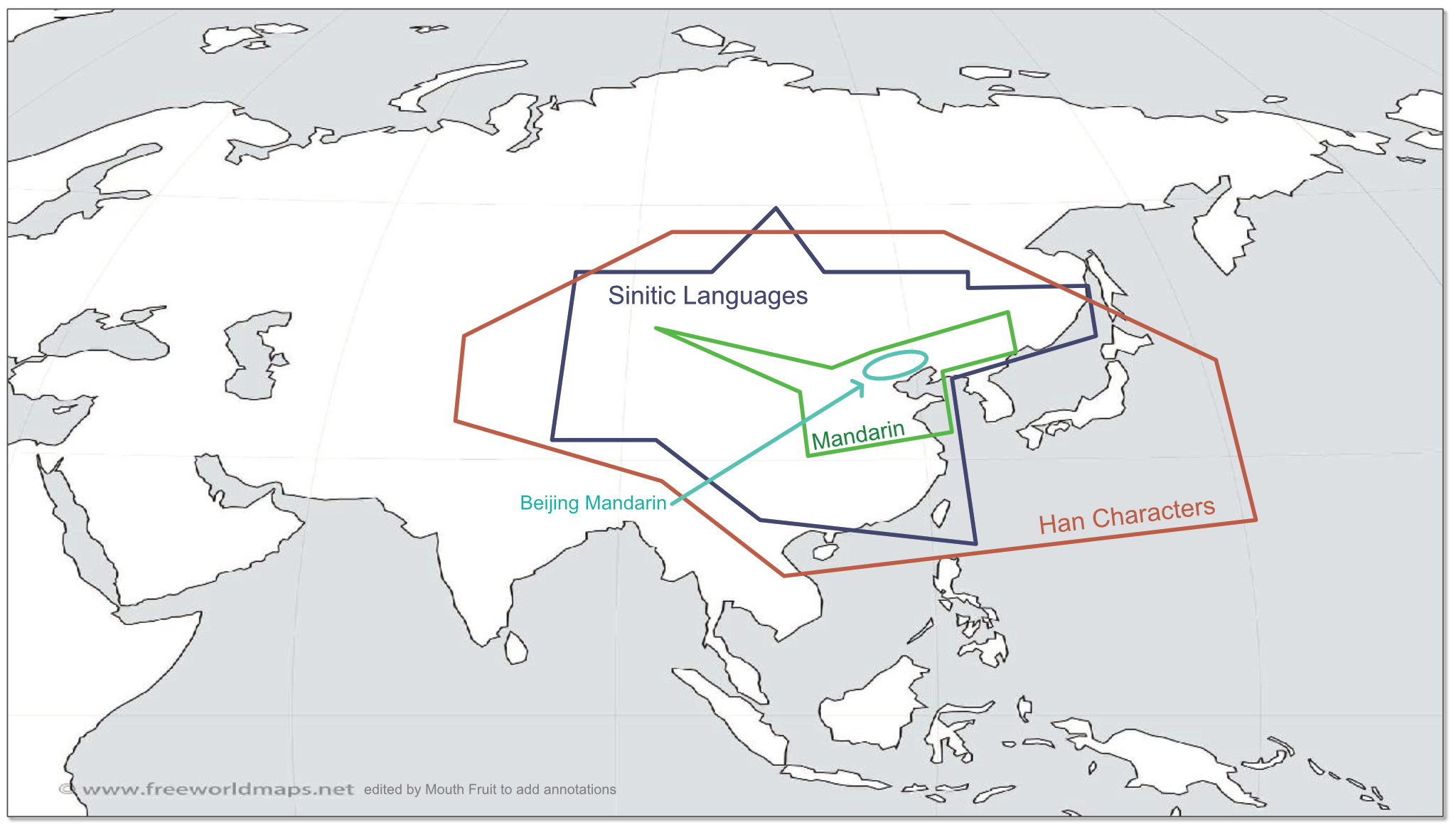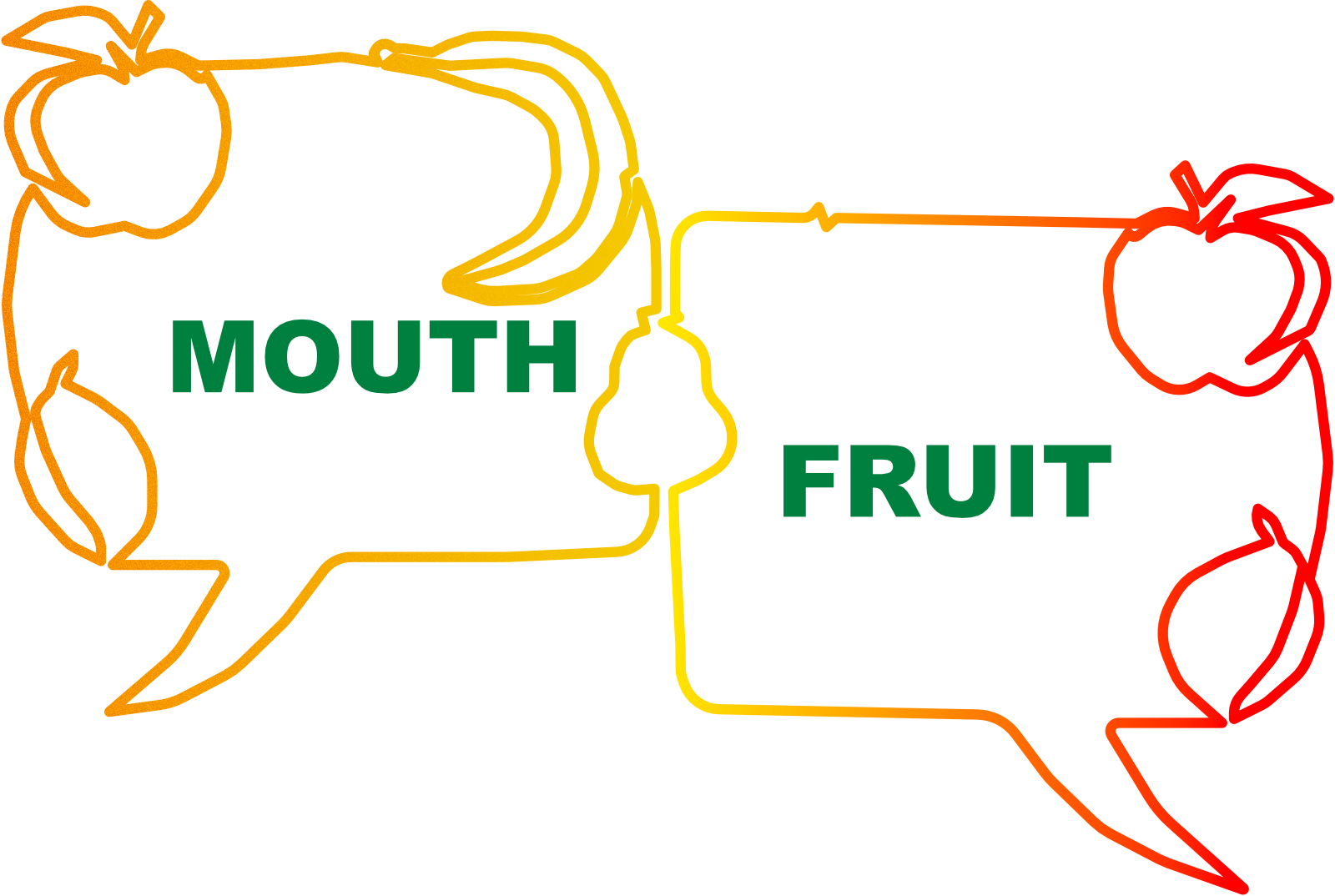Qixia Yu's Who's in our Garden

Who’s in Our Garden is an endearing bilingual illustrated children’s book that gently explores curiosity, friendship and a sense of naive patience. I recommend it to both young readers and those who read to children.
About the Creators

Qixia Yu
AUTHOR
Qixia Yu is a pediatrician and an author of numerous books introducing children to reasoning and language through an introduction to Chinese traditions.

Hiruni Kariyawasam
ILLUSTRATOR
Hiruni Kariyawasam is an illustrator in Sri Lanka. Her style for children’s books uses both digital and water color techniques.
The Story
Who’s in Our Garden starts the bilingual series Mandarin Children’s Books for Kids, stories of cats Panzer and Noodle who learn and explore. An associated workbook for Mandarin learners can be used alongside, if desired.
In this story, Panzer wanders from breakfast into the garden where he discovers a potential new friend. He notes how they are the same and yet different. He observes needs and playfulness in common and naturally wants to share. The potential friend is a little skittish, but Panzer will wait for another day and wanders off after his sister Noodle for food.
The Two Languages
The book is written in American English and in Mandarin Chinese. The English lines are above the Mandarin; some children upon first reading the book might be confused and ask for some guidance. For some families, the Chinese portion might be simply an illustration of how the two languages are similar, but different. Others might start out reading the book to children, perhaps pointing out flowers in the illustration and words in the text. And, of course, some parents will introduce the book to their 2nd graders as part of a bilingual education.
Mandarin is the foremost of the many Sinitic languages. It is the basis for trade and communication among many people of continental East Asia. It has been standardized.
The Mandarin text is written in pinyin and in Chinese characters on different lines.
The letters in pinyin look like the familiar English letters. Pinyin is a phonetic Romanization created for learning and is helpful in trade. Mapping keyboard letters to language sounds increases accessibility.
Chinese characters, the Han characters, are used in Eastern Asia languages including Korean and Japanese—which are not among Sinitic languages, yet the logograms are useful for writing.

Reading Level
The 44-page book contains 25 sentences. It has 300 words out of 200 distinct words—150 used only once. The sentence length varies but averages at 10 words per sentence. No numbers are used in the text.
The reading level of the text is that of US 2nd grade (New Dale Chall and Flesche-Kincaid). However, a person usually needs a fifth grade reading level to fully understand it (Gunning Fog and Coleman-Liau). The gobblygook scoring (SMOG) indicates that 10 years of education is needed to fully understand it. These scores do not take into account the helpful illustrations, so judge for yourself.
My gut feel is high 2nd grade reading if there has been an exposure to rich language. It is suitable for almost all children. The reading level profiles indicate that gifted children reading at this level will find the book engaging.
Read to children 2.5 to 8 years old. Showing pictures and pointing at them is important.
Is there some sort of deep meaning? The reading child or the reader to children might sense something.
The Mouth Fruit opinion?
This book is a beautiful example of how we can include the world in our lives. This understanding of others and seeing how much we are alike are foundational for communication. The gentle introduction of ourselves is key.
Fruitful dialog emerges from such foundations and keys.

Who's in Our Garden
Two curious cats explore the garden and meet potential friends. An English and Chinese (Mandarin) bilingual story about friendship.
View on Amazon